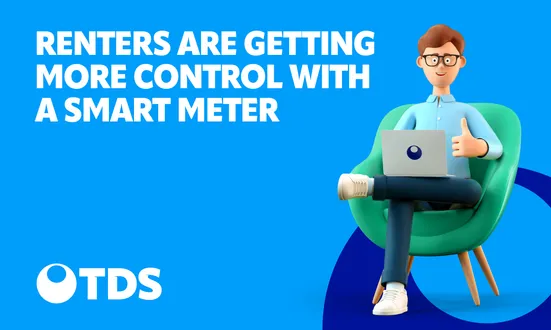Some rental properties are sold with a tenant ‘in situ’ – but are these a good purchase?
In December, property magnates Fergus and Judith Wilson announced that they would be selling their £250 million property portfolio in the new year, with their current tenants remaining in occupation.
Though the properties, primarily located in east Kent, will not be on sale to UK landlords – the Wilsons are selling to a consortium of foreign investors – it is possible that a larger number of tenanted properties will appear on the UK market in the coming months.
2016 could see the number of tenanted property listings rise
Some suggest that as many as 200,000 landlords could sell up in response to the government’s stamp duty hike and removal of tax relief for buy to let finance costs (IBtimes.co.uk).
This will result in thousands of tenants potentially losing their homes. To avoid disruption, as well as to save the time involved in obtaining vacant possession, some landlords may elect to sell with their tenants ‘in situ’.
Buying a tenanted property can mean income from the outset
Ordinarily when a landlord purchases a new property, he or she needs to go through the processes of refurbishment, cleaning, marketing, viewing, referencing and getting the agreement in place before the property begins to generate an income.
A property with a tenant in situ should be generating income from the moment it changes hands. That said, there are pitfalls that may snare the unprepared landlord if he or she doesn’t ask the right questions prior to purchase. As with any property acquisition, preparation is vital.
A handful of lenders will not grant a mortgage for a tenanted property
If you are using a buy to let mortgage to finance your purchase, you might find that a small number of lenders will not agree to finance the purchase.
That said, most lenders do not have a problem with financing the purchase of a tenanted property, provided that a new assured shorthold tenancy (AST) agreement is drawn up.
Do bear in mind, however, that the rent will need to cover your repayment of the mortgage debt by a certain amount. Most lenders will calculate this based on a rental valuation, rather than the amount currently being paid, which could result in problems if the current tenant is somehow paying over the odds.
Your lender may insist that an AST is granted for a minimum of 6–12 months and that rent is paid no more than one or two months in advance.
You inherit the previous landlord’s obligations
…and it is your job to ensure that they are discharged in full. Make sure you find out:
- Whether the tenant has made a repair request or complaint about the condition of the property that has not yet been resolved
- Whether the local authority has issued a housing disrepair notice within the last six months
- Whether the tenant paid a damage deposit and, if so, whether the previous landlord protected it in an approved protection scheme as required by law
- Whether the property is subject to mandatory or selective licensing and, if so, whether the necessary licenses are in place and up to date
- Whether all of the gas appliances, fixtures, flues and pipes included with the property have been checked and serviced by a Gas Safe certified engineer within the last 12 months
- Whether there are smoke alarms on each storey of the property and carbon monoxide alarms in each room containing a solid fuel-burning appliance
After the purchase, be sure to issue notice under section 48 of the Landlord and Tenant Act 1987 to provide your tenant with a record of their new landlord’s address. You should also arrange an electrical safety check.
Finally, be sure to ask for a copy of the inventory that was taken when the tenant first moved in, and strongly consider taking your own inventory (subject, of course, to the tenant granting you permission to enter the property).
Ensure that you are compliant with deposit protection law
By law, landlords must protect any deposit they take within 30 days of receipt and issue prescribed information to their tenant. If they did not do so, and the tenancy began on or after 6 April 2007 (when existing deposit protection legislation came into effect), you should recover the deposit from the previous landlord and either protect it yourself or return it to your tenant.
You may also wish to obtain legal advice as to how you should proceed; for instance, it might be prudent to refund the deposit, draw up a new AST agreement and then take and protect a deposit in relation to the new agreement.
If the previous landlord did protect the deposit, then how you transfer the deposit into your name will depend upon the scheme that was used to protect it. Contact your scheme provider for more details.
Written by Ben Gosling at www.commercialtrust.co.uk
Other news stories


